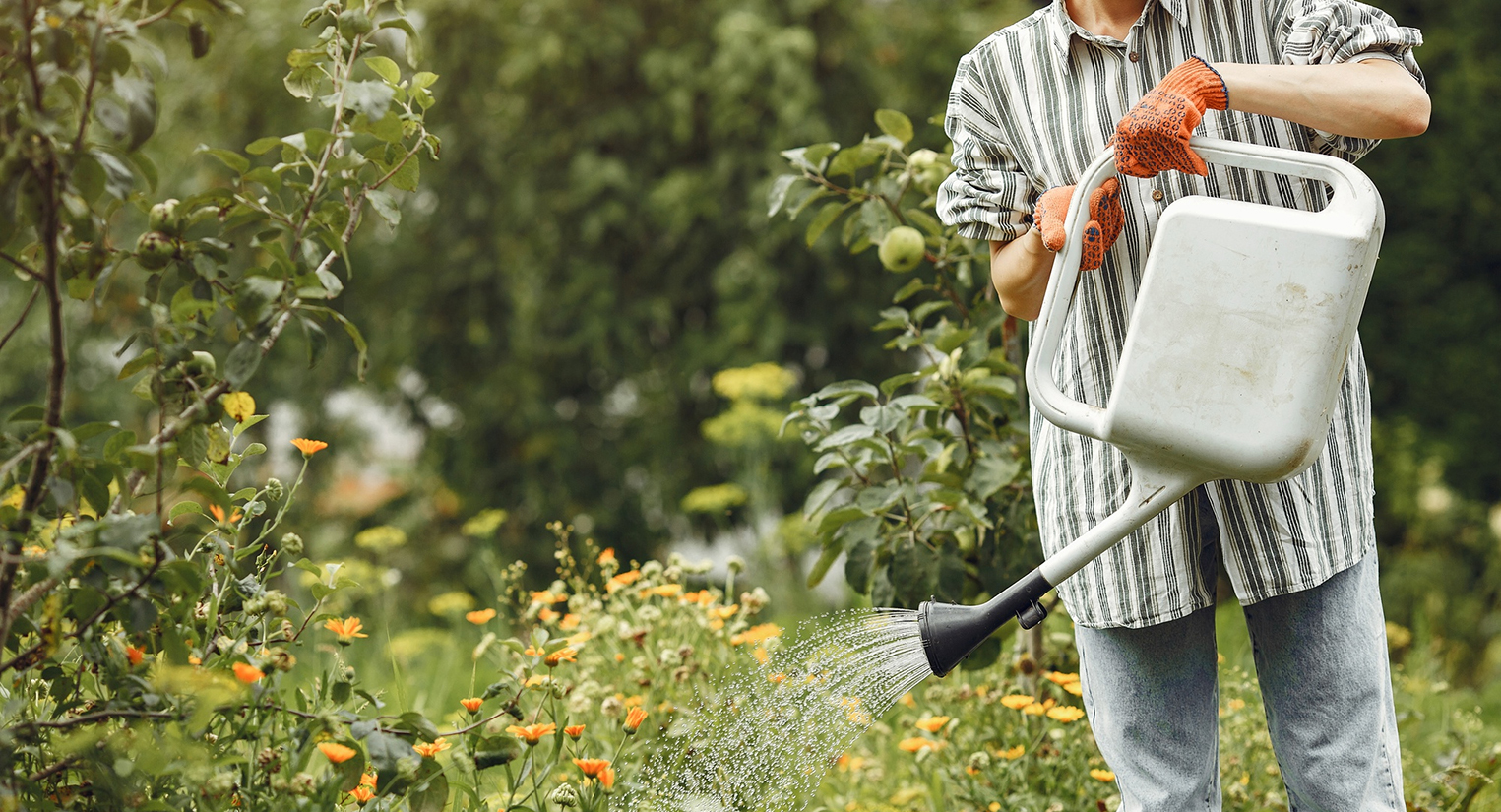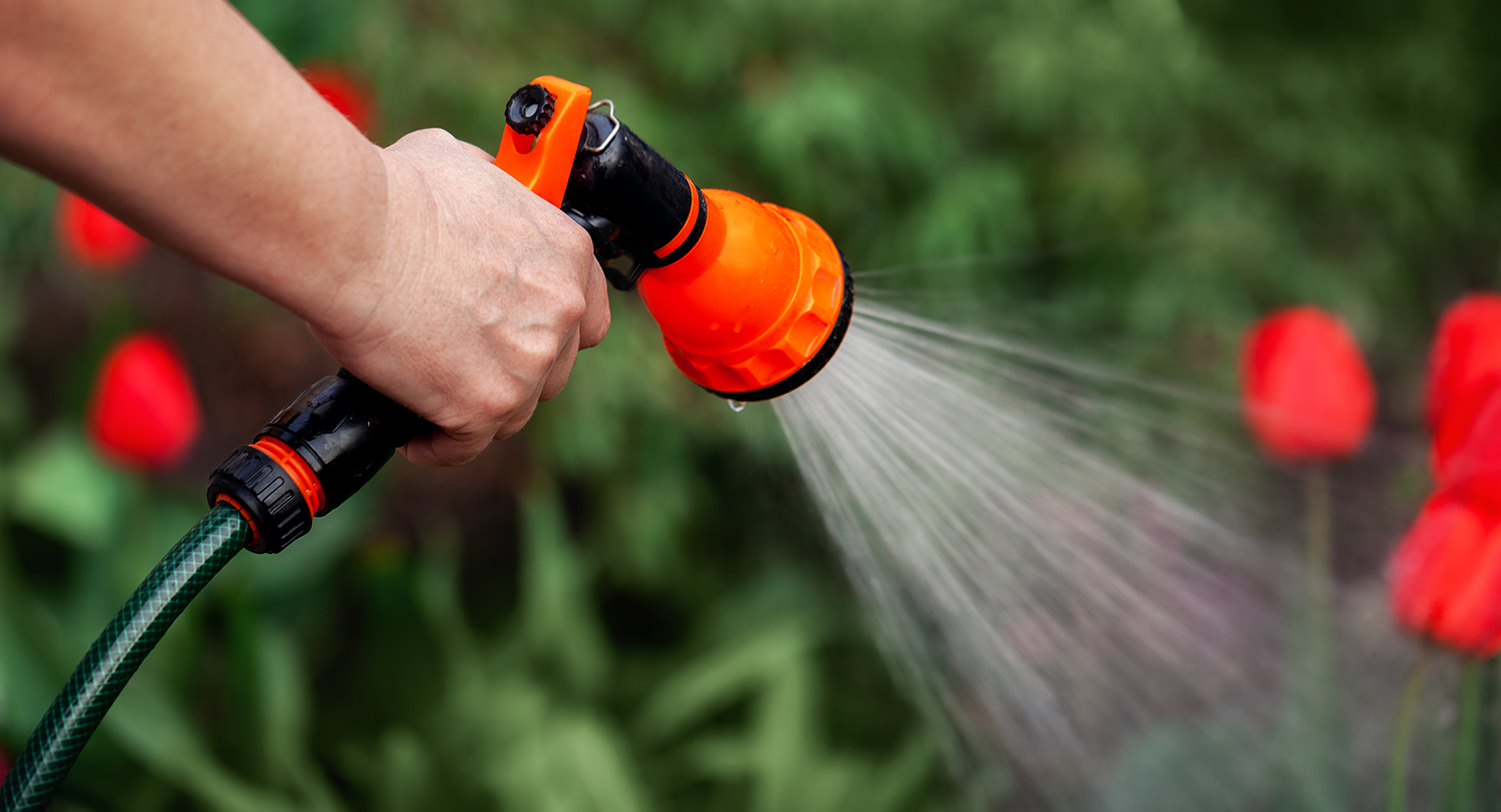Finding the right balance for proper plant hydration is a challenge that all gardeners face, especially during the spring and summer months. When the weather is hot and sunny, many people worry that their gardens do not get enough water. This leads them to commit one of the most common horticultural mistakes—overwatering.
Overwatering your plants can be just as detrimental as under-watering them, but how do you know if you’re doing it? Here are a few tips to help you better determine your plants’ hydration needs.

In order to maintain adequate oxygen levels for plants to grow and thrive, air pockets need to exist within the soil. When the soil is too wet, air pockets get water-logged, leaving the roots unable to breathe. As dead or damaged roots cannot supply necessary nutrients to the plant body, this can cause stunted growth, wilting, and death.
A simple way to avoid this issue is to check the soil wetness level with your finger. If the top two to three inches of soil are dry, then you should water the plants. However, if you notice that the soil still feels damp, hold off on pulling out the hose.
A plant’s watering needs are largely dependent on its growth stage. Seedlings, for example, do not need to be watered for long amounts of time as their roots are only just below the surface. However, because surface soil dries out quickly in the summer, seedlings should be watered more frequently. Established plants, on the other hand, need water deeper within the soil (4-6 inches down), so they should be watered for longer periods of time but less frequently.

The best time to water your garden is in the early morning, particularly on hot, dry days. This gives plants the chance to absorb water before the sun evaporates it. If you cannot water early, though, late afternoon is also a good time. We do not recommend watering right before sunset or overnight, as lingering moisture can lead to fungal diseases and root rot.
Although convenient, oscillating sprinklers can contribute to overwatering (and underwatering in missed areas). Since every plant requires different amounts of water to thrive, handling this task by hand ensures that you meet the specific needs of each flower variety and vegetable. Hand watering also allows you to spot issues sooner, which gives you more time to remedy the situation before it’s too late.

Unfortunately, the signs that a plant is receiving too much water are very similar to those not getting enough—which often perpetuates the problem further. If you notice your plant exhibiting the following symptoms and find that the soil is still fairly moist, then you are likely overwatering:
- Wilting leaves that are soft and limp rather than dry
- Yellowing leaves
- Stunted growth
- Brown spots
Reduce your watering amounts and frequency, then monitor how the plant responds and readjust from there.
Maintaining a beautiful, healthy landscape is not a simple task. If you need assistance with your lawn and flowerbeds this season, our team of experts is happy to help keep your landscape looking its best. To inquire about our maintenance services, email sales@alcde.com or fill out the contact form on our website.
